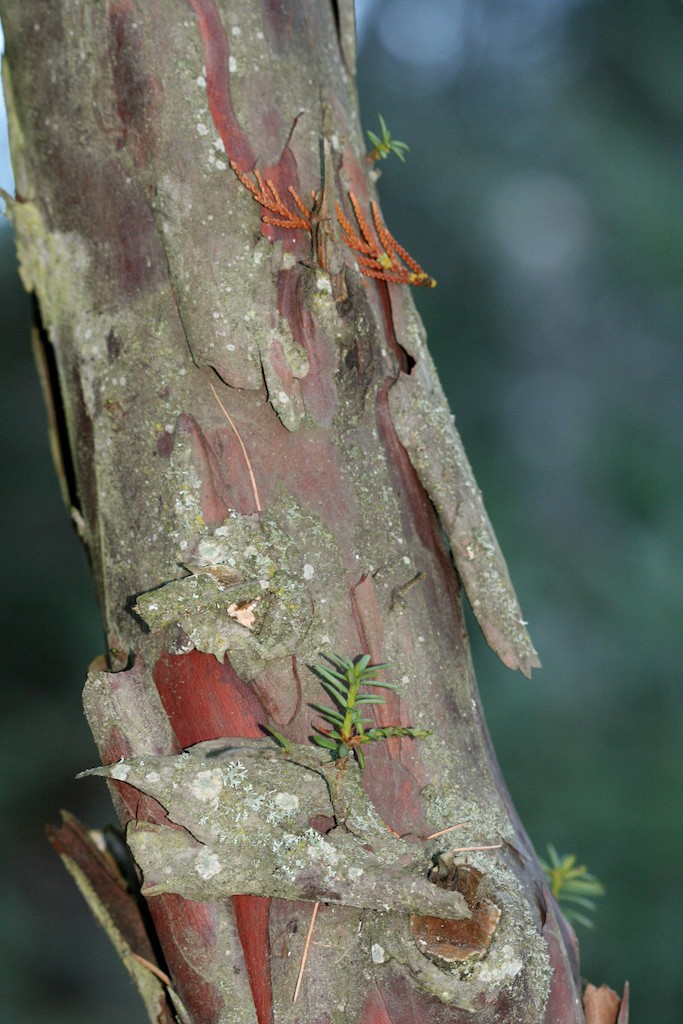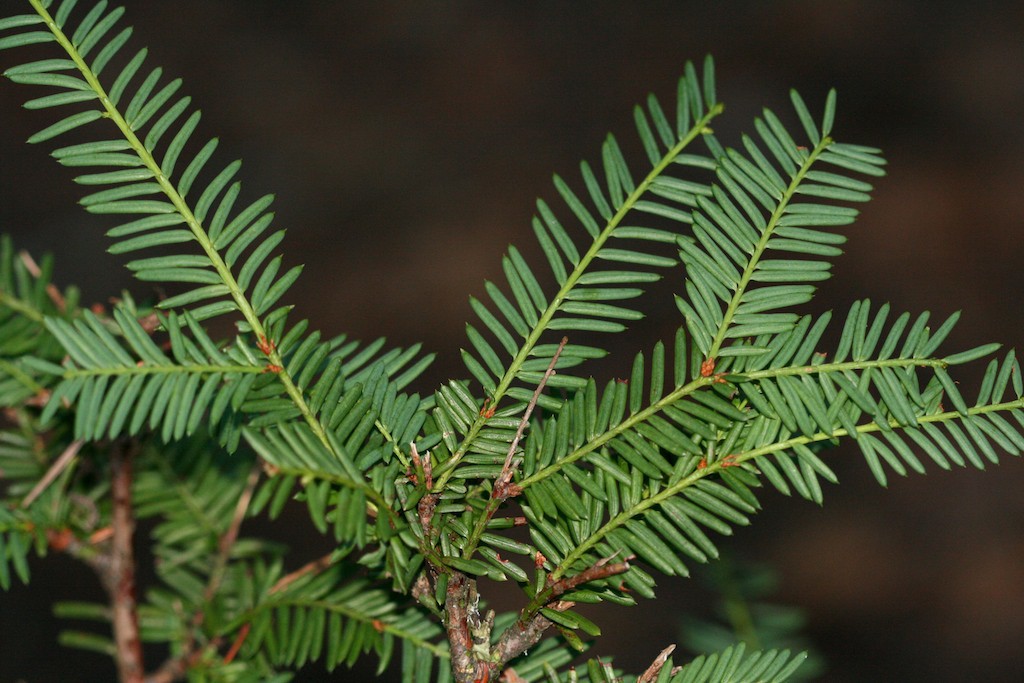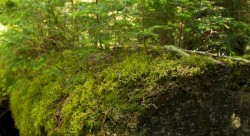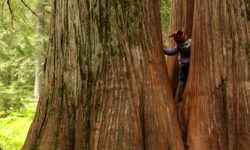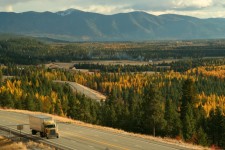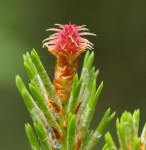In the dim light below canopies of towering Douglas-fir, spruce, cedar or hemlock, the little-known Pacific yew resides. Unlike most other trees that rocket towards the sky competing for sunlight, the yew thrives in the understory of moist forests in the coastal and Inland Northwest.
Since yews are not large trees, they are often stumbled upon when wandering through the woods. Sometimes yews do not even resemble a tree. They can grow as a gangly shrub hugging the ground or grow upright to approximately 49 feet. The trunks are often twisted or curved with straight trunks being rare. Regardless of the small trunk, yew wood is hard, heavy and resistant to decay. The thin, reddish-purple bark flakes off in long, papery scales revealing the inner rose-colored bark.
Of all the unlikely trees that the yew’s foliage could resemble, the giant coastal redwood is the closest. The yew’s needles are dark green above and yellowish-green below, whereas the redwood’s foliage is more whitish underneath. The yew’s needles are about two-thirds of an inch long with slender but not sharp points. The needles appear two-ranked (slightly offset) on the flat sprays.
Two other similarities the yew has to the giant coastal redwoods are that it can grow sprouts from cut stumps and that the new growth remain green-colored year-round–unlike most other conifers. Yews can also be propagated from cuttings.
Interestingly, the yew’s cone is bright-red and berry-like. The pea-sized red cone is called an aril, which consists of a single seed incompletely surrounded by a cup-shaped, fleshy pulp. Separate male and female trees produce pollen and arils. Birds, squirrels and chipmunks devour the arils with the flesh supposedly tasting like mild cherry Jell-O (sources differ on the edibility). The conspicuous arils make it easy for animals to find the seeds, with birds only eating the fleshy part and dispersing the seed and squirrels and chipmunks discarding the flesh and caching the seeds.
Despite the marginally edible red flesh, the majority of the yew is poisonous, including the seeds, foliage and bark. However, moose are known to feed on the yew’s foliage in the winter which results in their urine producing bright orange splotches in the snow.
In the 1980’s and 1990’s, yew trees were in the medical spotlight for a chemical found in their poisonous bark that inhibited cancer. Taxol, the chemical extracted from the thin bark, was found to inhibit ovarian and breast cancer. Yews were being harvested from the Northwest’s forests more than ever before until scientists figured out how to synthesize the chemical and agricultural plantations began producing yews in harvestable quantities. Now the yew grows unnoticed again in the shadows of its towering neighbors.
Updated March 2024. Originally published January 2012.

